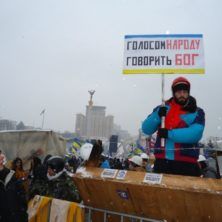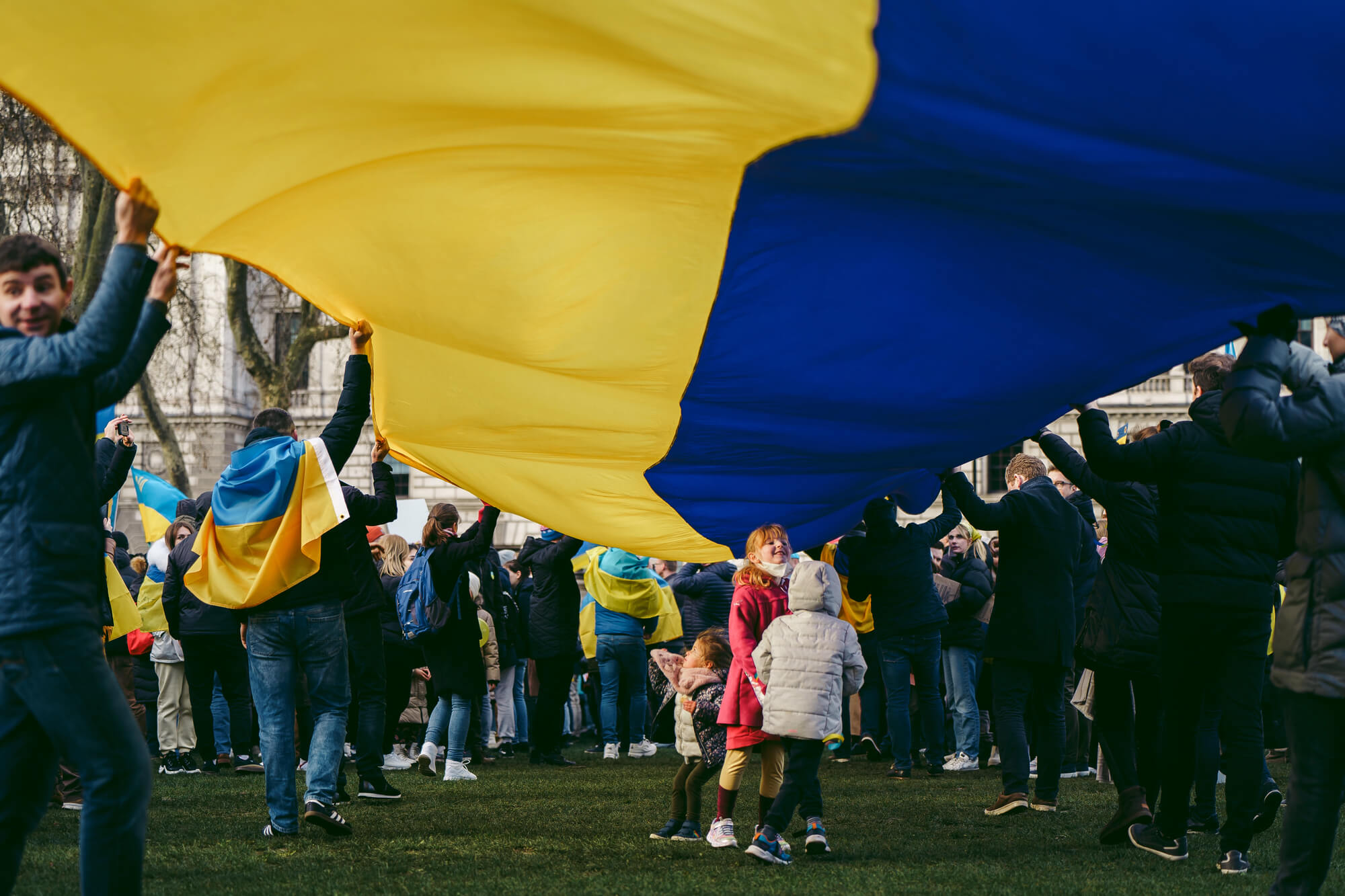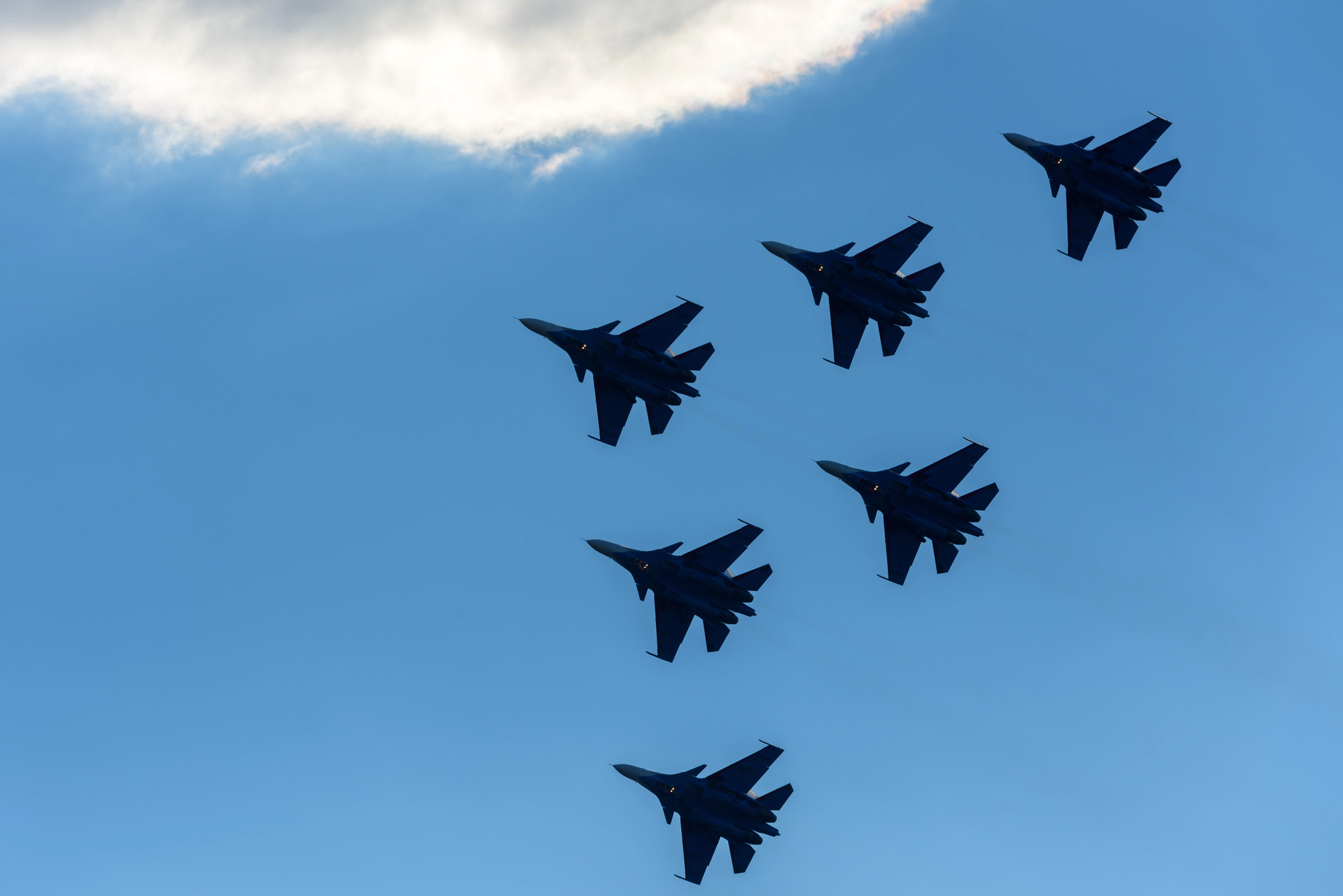A year has passed since mass protests on the central square in Ukraine’s capital Kiev, also known as the Maidan, culminated in bloodshed and President Viktor Yanukovych’s unexpected flight to Russia. Since then, Ukraine has plunged into a bloody civil conflict and proxy war with Russia. Relations between Russia and the West continue to worsen, and Europe has come to the brink of a large-scale interstate war for the first time since World War II.
The Maidan protests have already catalyzed one of the most momentous geopolitical crises of the fledgling 21st century. Despite their importance, there are more questions than answers about what happened over the course of these protests. Why did police use such extreme force very early in the protests but hold back from completely crushing the Maidan movement in the final days before Yanukovych’s departure? How well coordinated was the protest movement, and did it have explicit and consistent political aims? What explains why the government responded so haphazardly and ineffectively to protesters’ demands? Why did Yanukovych flee the capital on the same day that he finally secured an agreement with leaders of the opposition? In exploring this set of questions I will draw on interviews with 22 leading Ukrainian politicians and civil society leaders that I conducted in Kiev last summer with Anastasia Rozovskaya’s help as part of a broader project on comparative protest dynamics directed by Susan Stokes of Yale University. (Kiev’s Institute of World Policy provided invaluable logistical assistance.) Of the 22 interviewees, 15 were present on the Maidan almost daily, beginning in late November 2013, and several either worked directly for Yanukovych or had regular access to regime insiders.
1. What were the causes of the Euromaidan protests?
One common misperception is that protesters were primarily motivated by a pro-European agenda and that the mass protest movement was largely a violent public reaction to Yanukovych’s last-minute refusal to sign the Association Agreement with the European Union (E.U.) on Nov. 28, 2013. Notably, Yanukovych ran his presidential campaign in 2009 on the platform of balancing between Europe and Russia. Over the course of 2013, he began to veer increasingly toward the E.U. Yanukovych changed his mind after Russia threatened to cut trade ties with Ukraine and offered a $15 billion aid package ostensibly with few economic strings attached. In its monthly nationwide monitoring of public opinion in November 2013, concluded on Nov. 25, the presidential administration fielded detailed questions to garner the state of public opinion on Ukraine’s relations with Russia and the E.U. (results shared by Ukraine’s Socis). The basic takeaway from that exercise was that the government had a great deal of leeway to do as it deemed fit. In response to a direct question about the impact of the non-signing of the Association Agreement on respondents’ attitudes toward Yanukovych, 53 percent said that their attitude toward the president would not change, 13 percent reported that it would improve, and only 22 percent stated that their opinion of Yanukovych would worsen.
Another common misperception, and one that Yanukovych’s entourage appeared to believe, is that Ukraine’s opposition parties — Batkyvshchyna, Udar, and Svoboda — were primarily responsible for successfully mobilizing the mass of protesters. Simply put, political parties of all stripes were largely irrelevant over the course of Euromaidan. According to surveys of Maidan protesters fielded by the Kiev International Institute of Sociology (KIIS) and the Il’ko Kucheriv Democratic Initiatives Fund, only 5 percent of those on Maidan on Dec. 7-8, 2013, joined the protests because of solidarity with opposition parties (for more on the KIIS surveys, see here and here). That number dropped to only 3 percent by Feb. 3.
It was wanton police brutality that gave rise to mass protests that followed and brought about the collapse of Yanukovych’s regime by exposing its inability to manage mass unrest. Specifically, on the night of Saturday, Nov. 30, police in riot gear attacked and beat several dozen student protesters. The KIIS survey demonstrates that the overwhelming majority of protesters — 69 percent in early December 2013 and 61 percent in early February 2014 — came to Maidan as a direct reaction to police brutality on Nov. 30. All interviewees agreed that the fact of police brutality against students, who usually keep at a distance from politics in Ukraine, shook the society to its core.
2. Why did the Yanukovych regime fail to compromise?
On balance, interviewees concur that the fact of police brutality on that fateful night of Nov. 30 was a product of internal rivalry among Yanukovych’s close associates. In those early days, management of ongoing pro-European protests was a competition between the presidential administration and the National Security and Defense Council to curry favor with the president. Later, with public calls for dismissal of the minister of the interior growing strong, Yanukovych’s advisers failed to compromise because to bend to protesters’ will and surrender a senior adviser went against the rules of the system. The president’s inner circle, raised in an environment of Soviet authoritarianism and incomplete post-authoritarian transition, understood the protest movement as a major challenge to regime stability but also as lacking grass-roots support and therefore easily suppressible. The institutional structure of Yanukovych’s regime was generally characteristic of countries transitioning from authoritarian rule: a small circle of informal advisers competing with one another for the president’s favor. This structure restricted the president’s ability to adequately assess information and weakened the link between mid-level government personnel and senior decision makers, given that members of the informal inner sanctum of government — referred to as “the Family” in Ukraine’s case — were chosen for their loyalty to the president and not their professional qualifications. This refusal to meet protesters halfway, to show weakness in the public eye, characterized the government’s position throughout the standoff. Even after Yanukovych’s circle internalized the fact that outright violence would backfire, it remained bent on continuing to suppress the opposition by other means. Targeted kidnappings and beatings, mass court-mandated punishments, and eventually draconian laws restricting civil freedoms followed.
3. Why did Yanukovych flee?
Euromaidan protesters and television viewers alike had been presented with the picture of security forces as a well-armed, ruthless and disciplined monolith throughout the standoff. The reality, in fact, could not have been more different. Yanukovych’s regime imploded because security personnel had abandoned it. Hennadiy Moskal, a retired police general, characterized the mindset of security forces from late December 2013 until Yanukovych’s flight from the capital two months later as a state of “moral paralysis.” As time went on, the paralysis spread from ordinary soldiers to mid-ranking officers. Psychological and physical fatigue among mid-ranking officers and the rank-and-file was so widespread by the time snipers on the Maidan began firing at security personnel on Feb. 20 that that catalyst sent a chain reaction through the whole security establishment. Within hours the government quarter emptied of police. Yanukovych had been abandoned. Now protected only by a political agreement with the opposition he rightly feared for his life. The game was up.
4. Lessons for the future
More than the size of the protest movement or the nature of its grievances, it was the government’s inability to address what were originally moderate requests that ultimately brought violent regime change and then armed conflict to Ukraine. The regime’s inability to neutralize the protests was a direct product of institutional arrangements at the apex of power. The combination of weak rules governing regime change and informational vacuum at the center of power led to the implosion of Yanukovych’s rule. There were many windows of opportunity to defuse the situation. The West’s response to Euromaidan protests was woefully inadequate. Most interviewees agree that had targeted financial sanctions against the Family and its backers — all of whom had assets in Western Europe and, notably, in Austria — come in December 2013, just weeks after the initial police attack on students, then Yanukovych would have been much more likely to dismiss senior security officials. One can only hope that the lessons of Euromaidan will be heeded elsewhere in the post-Soviet space and beyond.
The article initially published at The Washington Post
Attention
The author doesn`t work for, consult to, own shares in or receive funding from any company or organization that would benefit from this article, and have no relevant affiliations




